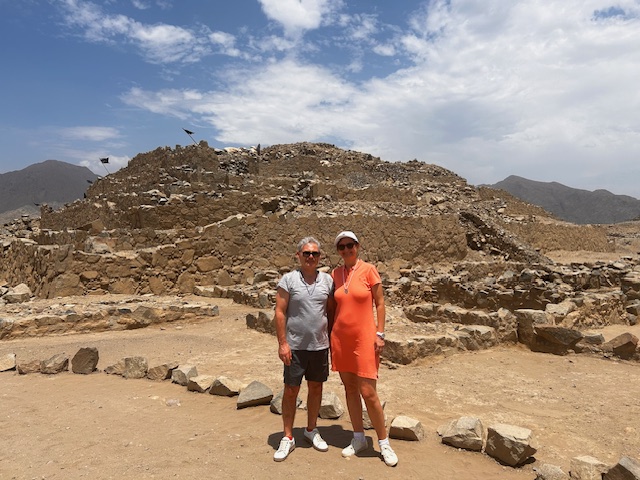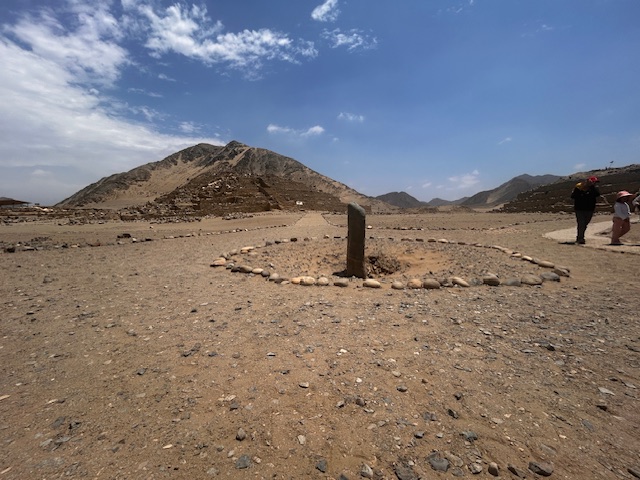23RD FEBRUARY AT 18.00 CEGEN: CARAL, THE AMERICAN MOTHER CULTURE
For many decades, archaeologists have searched for a missing link in archeology or a “mother city”- a city that could answer questions about why and how humans became civilized. Researchers have long looked for the answer to this question in other parts of the world, such as in Egypt, China, India, and Mesopotamia (Iran). No one expected that the first signs of city life could be found in a Peruvian desert. Caral and other contemporary monumental complexes in the same region were first discovered in the 1940s through aerial reconnaissance missions flown by Paul Kosok, but they had not been properly investigated at the time. All that was known about the sites was the evidence of enormous architectural complexes and the absence of pottery remains on the surface. In the complex societies of the Near East and Middle East, including ancient Egypt, the emergence of pottery and monumental public architecture were seen as fundamental signs of the emergence of high culture, or civilization.



